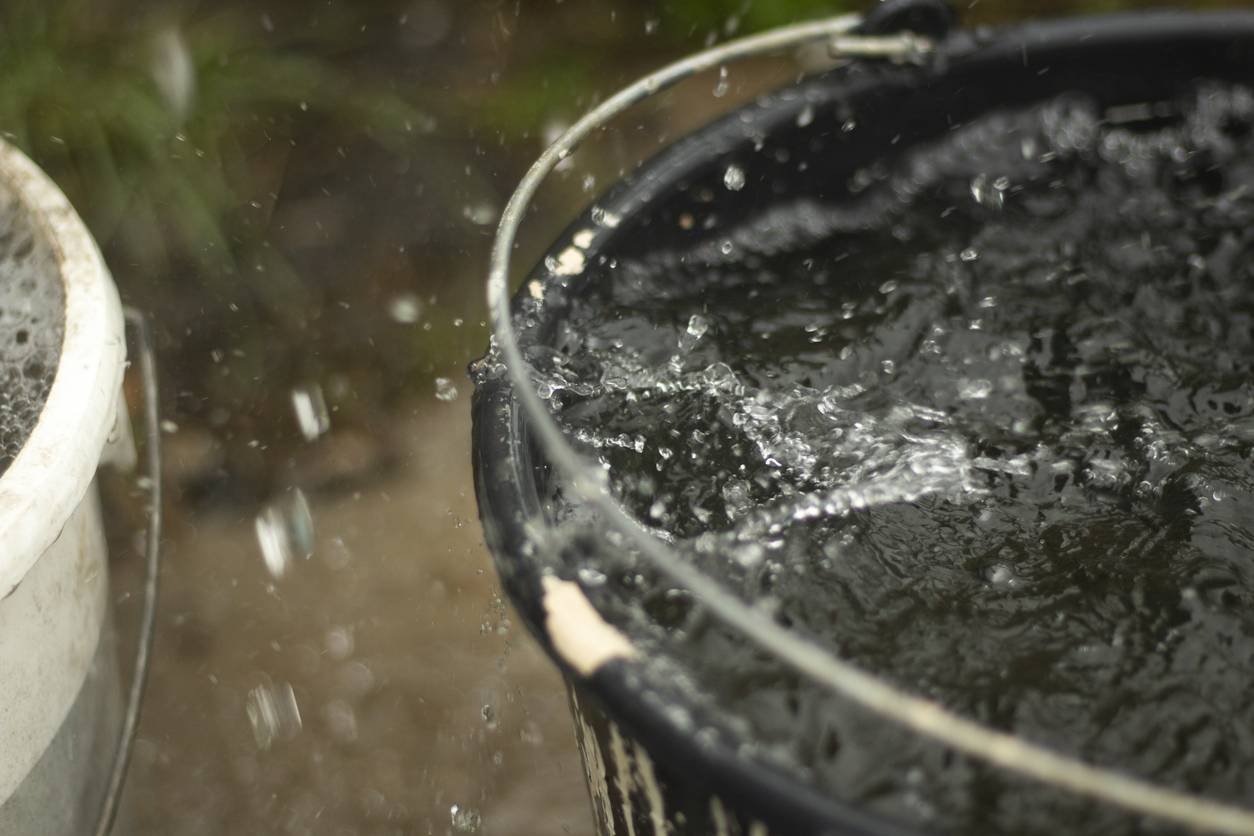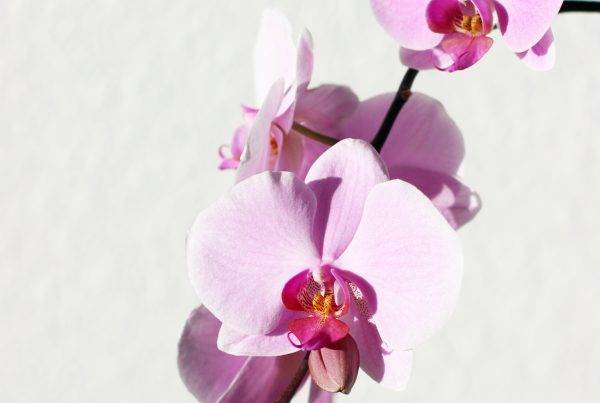Are you worried that you might be overwatering your houseplants? Overwatering is a common mistake that many plant owners make, and it can lead to serious problems for your plants. In this post, we will discuss the signs of overwatering and how to prevent it.
Signs of Overwatering
- One of the most obvious signs is yellow leaves. If your plants leaves are turning yellow, have large black spots and falling off, it could be a sign that you are overwatering.
- The soil is very wet to touch or appears very dark in color.
- Wilting leaves. If your plants leaves are wilting and drooping, it could be a sign that the roots are drowning in water.
Preventing Overwatering
- The best way to prevent overwatering is to make sure that your plants soil is dry before watering it again. You can do this by sticking your finger in the soil up to your first knuckle. If the soil feels moist, wait a few more days and check again.
- Another way to prevent this problem is to make sure that your pot has drainage holes. Drainage holes allow excess water to escape from the pot, preventing the roots from drowning in water. If your pot doesn’t have drainage holes, consider repotting your plant into a pot that does.
- Make sure that you are using the right type of soil for your plant. Some plants require well draining soil , while others require soil that retains moisture. Make sure that you are using the right type of soil for your plant to prevent overwatering.
Conclusion
Overwatering can be a serious problem for your houseplants, but it’s easy to prevent if you know what to look for. Keep an eye out for yellowing leaves, black spots, wilting leaves, and make sure your plants soil dries out before watering it again.Use pots with drainage holes and the right type of soil for your plant. With these tips you can keep your plants happy and thriving.





